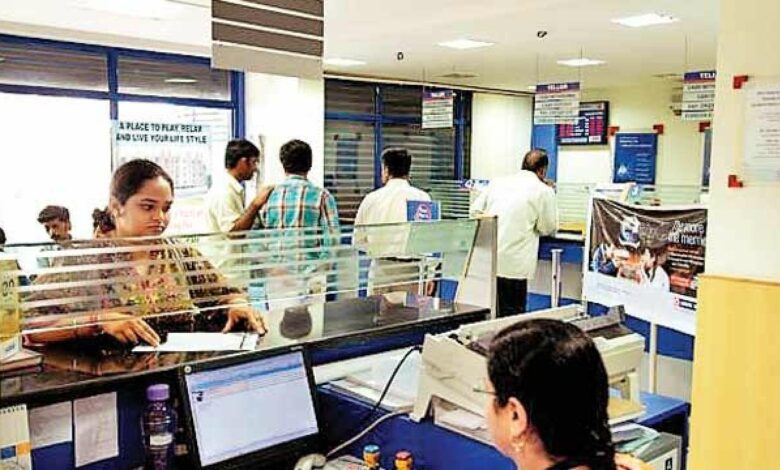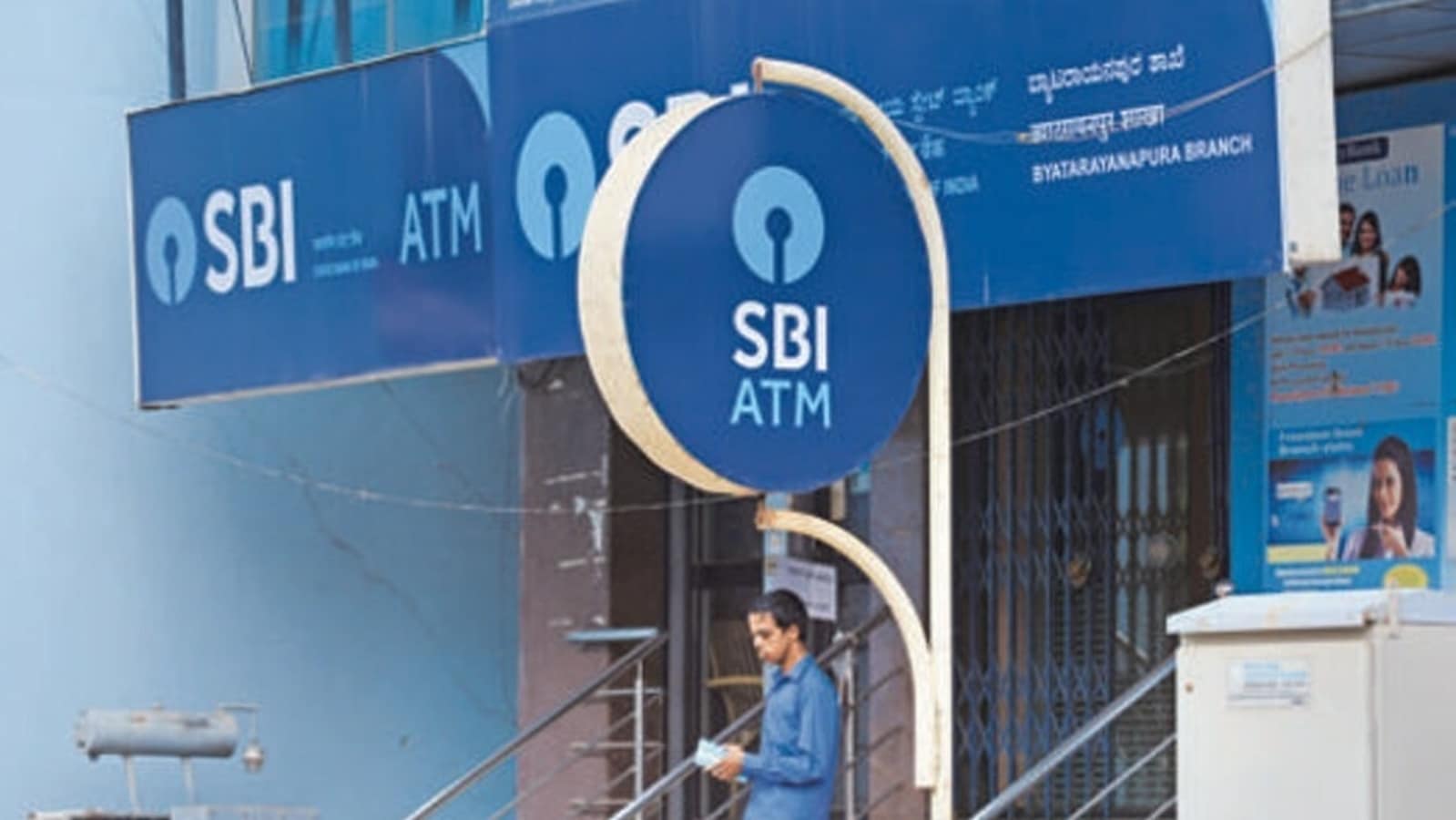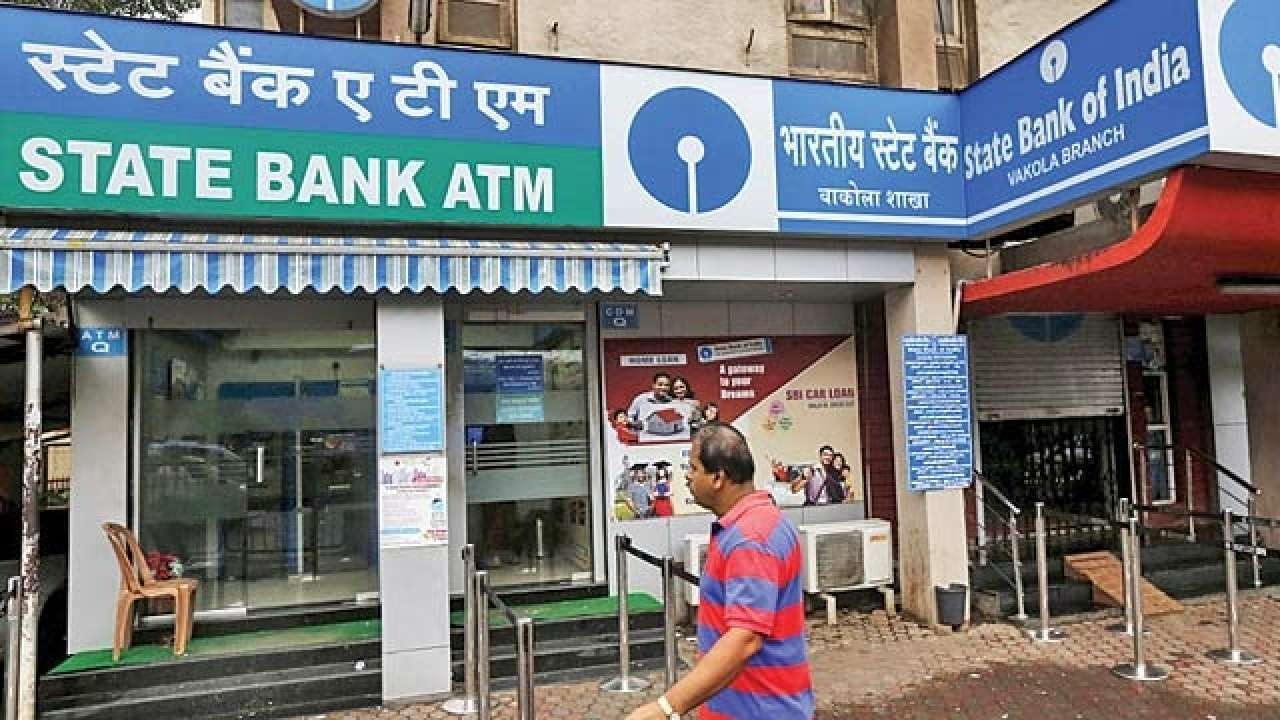SBI increases lending rates by 0.1 per cent, causing EMIs to rise. Indian banks are planning to raise debt at a later date.

The State Bank of India, the country’s largest Bank, raised lending rates by ten basis points to 0.1 per cent across all loan tenors, raising EMIs. The increase went into effect on April 15. EMIs for all types of loans, including home loans, vehicle loans, personal loans, and other loans, will increase.
SBI’s one-year MCLR is now 7.1 per cent, somewhat lower than HDFC Bank, Punjab National Bank (PNB), and ICICI Bank’s 7.25 per cent. Axis Bank’s one-year MCLR is 7.4 per cent, whereas Bank of Baroda is now 7.35 per cent.
The State Bank of India (SBI) has its roots in the Bank of Calcutta, founded in 1806 and is the oldest commercial Bank on the Indian subcontinent.
SBI is a multinational Indian public sector banking and financial services statutory agency that helps support the country’s 2.6 trillion-dollar economy and the hopes of its prominent people.
The ordinary man’s interests have always been at the heart of SBI’s operations.
The Bank has built products and services to satisfy the needs of its valued clients throughout their financial life cycle, using a customer-centric approach. SBI has expanded its digital base in recent years to keep up with the changing face of the Indian economy. The Bank is essential in bringing the Indian government’s Digital India initiative to fruition.
It has always been at the forefront of adopting new technologies while maintaining core values like transparency, sustainability, social responsibility, and customer service.
State Bank of India (SBI), the country’s largest lender, has increased its marginal cost of funds based lending rate (MCLR) by ten basis points (bps) or 0.1 per cent across all tenures, causing borrowers’ EMIs to rise. Other banks are expected to follow SBI’s lead in lowering lending rates in the coming days.
Borrowers who took out loans based on the MCLR will see their EMIs rise, but those who took out loans based on other benchmarks will not. As of April 1, SBI’s EBLR rate is 6.65 per cent, and the repo-linked lending rate (RLLR) is 6.25 per cent.
Banks add a Credit Risk Premium (CRP) above the EBLR and RLLR when giving credit, including home and auto loans. The new MCLR rate will take effect on April 15, according to information on the SBI website.

With the change, the one-year MCLR has climbed to 7.10%, up from 7% previously. The overnight, one-month, and three-month MCLRs all increased by ten basis points to 6.75 per cent, while the six-month MCLR increased by ten basis points to 7.05 per cent.
The one-year MCLR rate is used for the majority of loans. The two-year MCLR grew by 0.1% to 7.30% during the same period, while the three-year MCLR jumped to 7.40%.
All banks, including SBI, must lend solely at an interest rate tied to an external benchmark, such as the RBI’s repo rate or Treasury Bill yield, starting October 1, 2019. As a result, banks’ monetary policy transmission has gained traction.
External benchmark-based loan pricing has impacted monetary transmission in a variety of businesses, including those not directly tied to external benchmark-based loan pricing.
“In the future, the proportion of loans tied to external benchmarks is anticipated to climb even higher, while the number of loans linked to internal benchmarks is likely to fall.” According to a recent study published by the RBI, monetary transmission to banks’ interest rates can be projected to enhance further due to shorter reset periods.
In less than six months, lending rates were raised once more.
/GettyImages-140671550-56a636e83df78cf7728bdbc1.jpg)
The MCLR is related to more than 53% of all outstanding bank loans.
According to a statement on the State Bank website, the one-year MCLR rate has been raised to 7.1 per cent from 7%, effective April 15. Rates on tenors ranging from overnight borrowing to three-year loans have been hiked. Under the external benchmark linked rate, over half of the lender’s portfolio is linked to MCLR and 22% to T-bills (EBLR).
“Banks are making decisions based on their assessments of the credit cycle and funding costs. As a result, “Madan Sabnavis, Bank of Baroda’s top economist, stated revisions to lending rates. “Bond yields indicate that we are heading in the right direction. It’s a case of banks acting independently rather than waiting for the RBI to hike the repo rate.”
The biggest government lender has boosted loan rates in less than six months for the second time. The lender increased the base rate by ten basis points in December 2021. Bank of Baroda increased the MCLR by five basis points across all tenors. The lender’s one-year MCLR has risen to 7.35 per cent. Kotak Mahindra Bank, a private lender, also increased its MCLR by five basis points across all tenors. It presently has a one-year MCLR of 7.4 per cent.
The cost of new loans has increased.

To be sure, lending rates on existing loans have continued to fall, even as the cost of new loans has risen, implying that rates have reached their lowest point. “The recent spike in benchmark yields exposes the growing disconnect and divergence between benchmark yields and bank lending rates, with banks entering a new territory where lending rates are now effectively lower than yields, removing the lustre from risky lending for banks,” said Soumya Kanti Ghosh, State Bank of India’s group chief economic advisor.
India’s benchmark 10-year bond yield recently jumped to 7.19 per cent, the highest in nearly three years and a tad higher than the interest rates charged by banks on loans. In its most recent monetary policy pronouncement, the RBI had made it plain that it intended to rein in rising prices. The Bank of England raised its inflation forecast for FY23 by 120 basis points to 5.7 cents while decreasing growth projections.
Loans become more expensive when banks raise the MCLR: SBI raises the MCLR by ten basis points; BoB and Axis follow suit.

With the State Bank of India (SBI) boosting the marginal cost of funds based lending rates (MCLR) by ten basis points (bps) across tenures, both consumers and businesses would pay higher interest rates on loans. SBI has raised lending rates in more than three years for the first time. Other significant lenders, such as Bank of Baroda (BoB) and Axis Bank, have also raised MCLR by five basis points across tenures, indicating that the interest rate cycle has shifted.
SBI’s one-year MCLR is now 7.1 per cent, somewhat lower than HDFC Bank, Punjab National Bank (PNB), and ICICI Bank’s 7.25 per cent. Axis Bank’s one-year MCLR is currently 7.4 per cent, whereas Bank of Baroda is now 7.35 per cent.
Retail loans, including home loans, have been priced off an external benchmark-linked lending rate from October 2019. (BLR). Consumers who took out floating-rate loans before October 2019 will now pay more.
Only new corporate loans are now subject to MCLRs. According to RBI data, the share of MCLR-linked loans in banks’ books remains the highest, at 53.1 per cent in December 2021. The proportion of MCLR-linked loans held by SBI is just over 40%.
The percentage of floating-rate loans tied to external benchmarks increased from 28.6% in March 2021 to 39.2% in December 2021. According to bankers, the cost of funds has been rising since the beginning of 2022 as deposit rates have been raised. “Because the MCLR is a calculated rate, banks cannot raise it at will.” You’re seeing the increases now because the cost of money has risen,” a senior executive of a mid-sized private bank told FE.
Furthermore, the RBI’s toughening stance on inflation encourages lenders to raise loan rates in anticipation of repo rate hikes. Dinesh Khara of SBI was one of the bankers who expressed alarm about what was perceived as risk mispricing.
Interestingly, some significant firms are said to have secured bank loans at rates lower than the benchmark bond’s yield, which closed at 7.152 per cent on Monday.
While the rebound in loan growth is starting, recent RBI figures reveal that it is still reasonably feeble. While loans with a ticket size of ‘100 crore are gaining popularity, most of the increase comes from smaller ticket sizes. The private sector is seeing a low rise in sanctions. Therefore no signs of Capex are seen. Surprisingly, credit growth is recovering faster at private banks.
According to Sanjay Agarwal, senior director of CARE Ratings, interest rates have now reached a low. “Over the last two years, the spread between lending and deposit rates has widened significantly.” Now that the gap may narrow, both rates will rise,” he predicted.
Banks must establish a policy for computing MCLRs based on the RBI’s framework for MCLR-based pricing, which can only be amended once every three years. According to bankers, lenders who are updating MCLRs may be doing so to account for the differing levels of deposit rate modifications they have made over time.
According to SBI’s economic research department, the recent jump in benchmark yields reveals the rising disparity between benchmark yields and lending rates, with banks entering territory where loan rates are effectively lower than yields and offer little incentive to go for risky lending.
“Also, when benchmark rates rise, the effective yield may rise much more, creating a disincentive for corporates to invest in proposed capex.” The implications on the economy might be destabilising, as banks would be pushed to increase lending rates to align them with a market-determined path (with NBFCs following suit with a mark-up), according to SBI group chief economic adviser Soumya Kanti Ghosh.
First movers
Many banks have already begun fundraising in anticipation of increased interest rates before the April announcement. According to dealers, the state-run Indian Overseas Bank raised Rs 665 crore in March by offering 10-year Basel III compliant Tier II notes with an 8.60 per cent rate.
Last month, UCO Bank raised Rs 100 crore through a similar bond issuance with an 8.51 per cent coupon rate. Last month, dealers said, Karnataka Bank sold its 10-year Basel III compliant Tier II notes at a coupon rate of 10.70 per cent. Compared to the 10-year government bond, which presently yields 7.23 per cent, this is a premium.
Some banks have already gotten authorisation from their boards of directors to raise funds. HDFC Bank’s board of directors, for example, approved a Rs 50,000 crore bond issue on April 16. Punjab National Bank’s board of directors recommended increasing capital in March by issuing Basel III-compliant extra Tier I and Tier II bonds worth up to Rs 5,500 crore and Rs 6,500 crore in one or more tranches.
“The market has already begun to discount a 25-basis-point rate hike by the RBI in the June policy review, and if this occurs, we expect the corporate bond yield curve to stiffen by at least 25 basis points,” said Ritesh Bhusari, Deputy General Manager, Treasury, South Indian Bank. “From here, we expect the suffering in the corporate bond market to intensify.”
According to Anil Gupta, Vice President and Co-Group Head, Financial Sector Ratings at rating agency ICRA, as bond yields rise and the RBI drains excess liquidity from the banking system, corporate bond yields rise government bond spreads will widen in the coming months.
Srinivasan of Rockfort Fincap predicts that banks will issue bonds in the 7 to 15-years range in the next three months, with spreads rising by at least 50 basis points compared to February or March corporate bond trading levels.
Given market forecasts of continued rate hikes by the RBI this fiscal year, the fundraising during this period might assist banks in taking advantage of a comparatively lower interest rate while also helping to address expanding credit demand, Srinivasan concluded.




